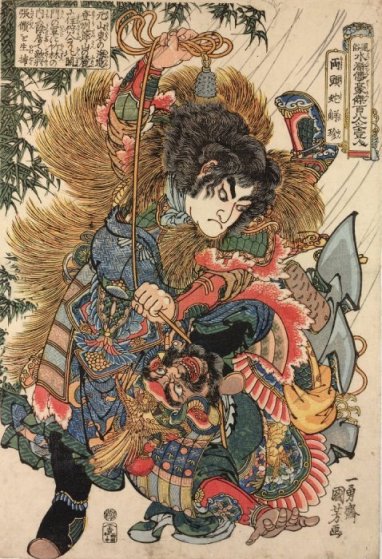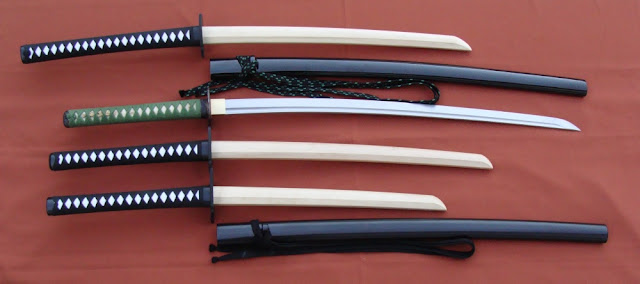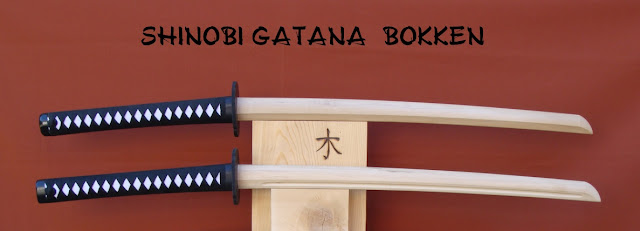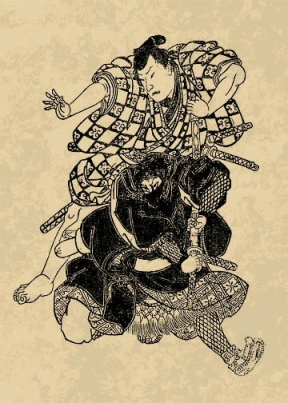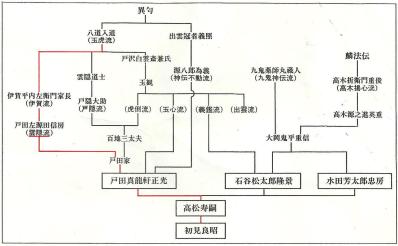From Bujinkan Santa Monica by Michael
In our modern world, combat has evolved to an industrial and mechanical affair. Machines (機械 kikai) do the killing at a distance. For martial artists this can feel overwhelming or outside the scope of our training at a very human scale. But the Bujinkan also evolves with the times. Even though we study ancient weapons and arts, we must also keep our training alive to address modern concerns.
I was reading this humorous article about not being afraid of the robot apocalypse or of being destroyed by terminator robots:
What if there was a robot apocalypse?
In this article the author explains how difficult it is for robots or computers to adapt. How easily they can be defeated by simple, and often natural methods or elements. For example, a fire hose turned on most robots will quickly end their rampage. Or a simple fishing net thrown over a robot would easily entangle its mechanics. Anything messy, really. Tar, mud, water, rubble, contaminated fuel… robots and computers are easily overwhelmed by the natural world.
The main reason drones have been so effective in combat is because they have human pilots, and they fly high above, and away from obstacles.
Reading about this reminded me of something Hatsumi Sensei has encouraged in our training. How may we address these types of warfare in the Bujinkan? I will not post any direct methods here, but Hatsumi Sensei has suggested a strategy for the future.
He suggests we should adopt a philosophy of seibutsu kikai (生物奇怪論に立って). A "living mysterious being theory." This is similar to
hijoushiki 非常識. An irrational absurdity. It is like something supernatural, but as an extension and connected to the natural.
Seibutsu kikai is also cryptozoology. In Japan there are tales of Hibagon, Tsuchinoko, Kusshii, Isshii, Kappa, various Yokai, Mikoshi-nyūdō, Nue, Kasha, Noderabō, Yamao, Buruburu, Nekomata, Shuten Dōji, Yūrei, Shiryō, Yanari, and Tengu, These mythical creatures and spirits exist in our dreams and nightmares throughout human history. They all have special traits, powers, or abilities. But they are difficult to find or hunt down. Do they exist? Did ninja? How would you go about finding one?
You cannot. And therein lies an important strategy. As Soke suggests in a play on words, this is 機会 kikai, or a time of opportunity. Drones, robots, and computers rely heavily on sensors and digital information, but how does one digitize a ghost? How can a robot fight a mystery?
Keeping this mysterious connection alive in our training is essential for those who have progressed beyond Godan, but also essential for the survival of our art as machines move beyond service to being replacements for us in life and combat. A machine could pass the Godan test with the proper sensors, but it could never properly give the Godan test. It will never have that connection. And there it will always be weak.

…
